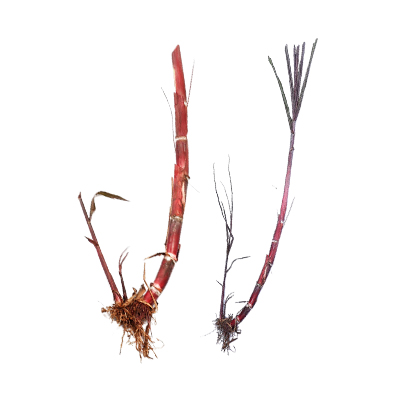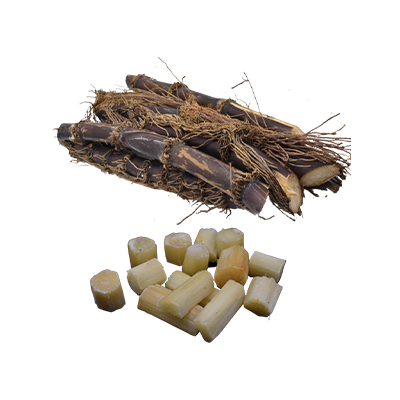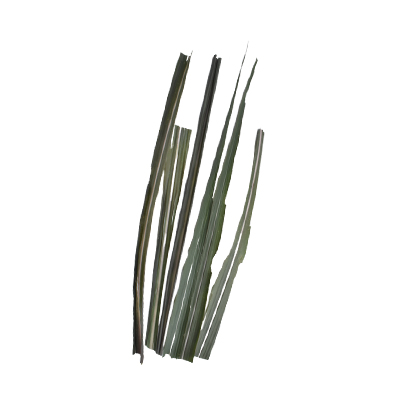Sugar Cane
Saccharum officinarum L.
Poaceae
Location in our garden
Orchard
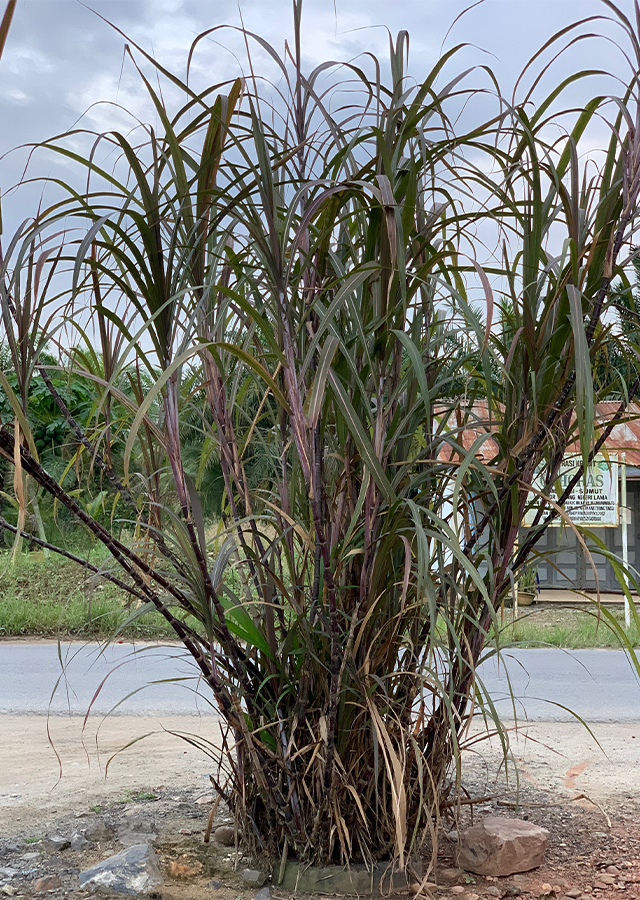
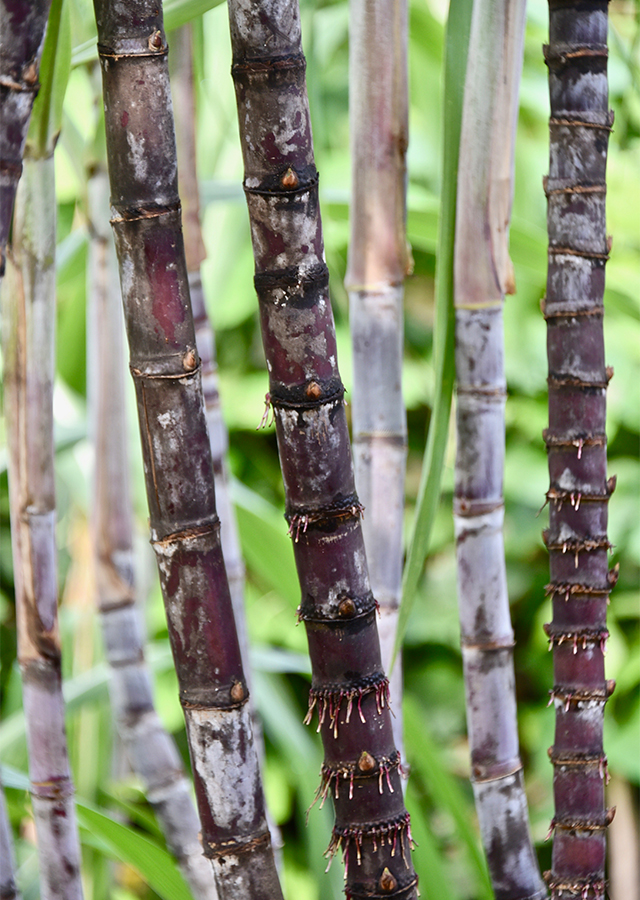
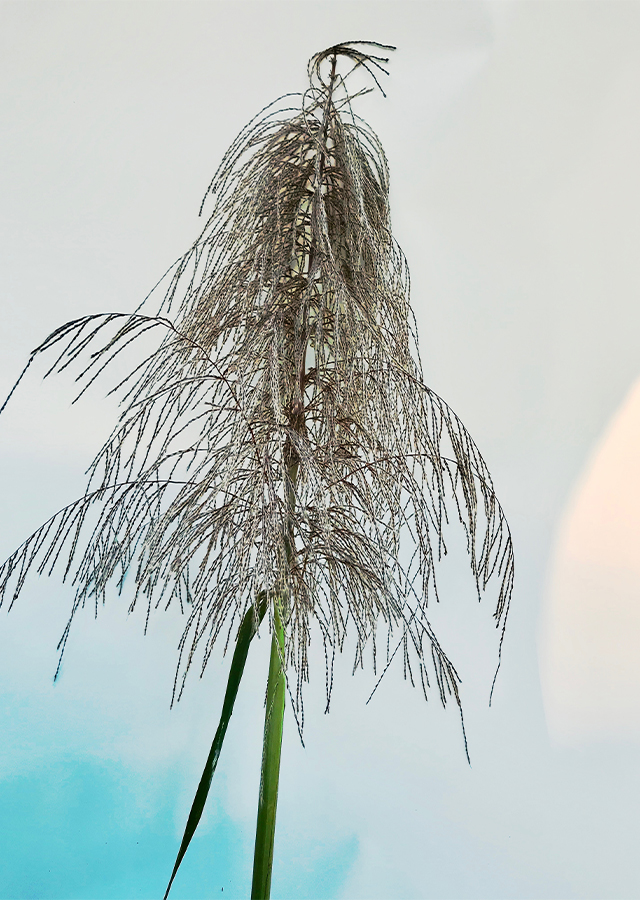
Synonym
Arundo saccharifera Garsault
Saccharifera officinalis Stokes
Saccharum atrorubens Cuzent & Pancher ex Drake
Habitus
Herbaceous. A large, perennial, grass. It produces thick culms that may grow up to 2-3 m tall
Part Used
Leaves
Roots
Stem
Growing Requirements
Full Sunshine
Habitat
Forest
Shrublands
Grassland
Overview
Sugar cane originated in New Guinea where it has been known since about 6,000 BC. From about 1,000 BC it spread gradually through the Malay archipelago. It is assumed that it then hybridized with the wild canes of India and China. Currently, cane is being produced in almost 70 countries, mainly in the tropical zone but to some extent also in subtropical areas. In South-East Asia, the main cane sugar-producing countries are Thailand, Philippines, Indonesia, Malaysia, and Papua New Guinea.
Vernacular Names
Hong gan zhe (Chinese), Canne a sucre (French), Zuckerrohr (German), Canna da zucchero (Italian), Oi daeng (Thai), Cây mía (Vietnamese), Satou kibi (Japanese), Sa t'ang su su (Korean), Kaarumbu (Tamil).
Agroecology
Most commercial sugarcane is grown in the tropics, usually at elevations from sea level to 1,600 meters. The plant grows best in areas where the mean annual rainfall is high with temperatures 24 - 37 °C. There are large differences between different cultivars in their tolerance to cold and susceptibility to frost. Grows best in a sunny position. The plant is considered to be moderately tolerant to saline soil conditions and relatively tolerant of acid soils.
Morphology
- Stems - robust, profusely tillering at the base, 2-5 cm in diameter, and divided into 10-40 internodes; internodes long or short, swollen, spindle-shaped, conoidal, obconoidal, or cylindrical.
- Leaves - borne at nodes, alternate in two rows on either side of the stem; sheath tubular, encircling the stem; ligule varying in cultivars, linear, deltoid, crescent-shaped or arcuate; blade linear, 70 200 cm × 3-7 cm, tapering, thick at the center and paper-thin at the margins, rolling up under moisture stress conditions.
- Flowers - the white flowers appear in plume-like panicles, 20–60 cm long, the slender racemes drooping. spikelets about 3 mm long, are obscured in a basal tuft of silky hairs 2–3 times as long as the spikelet.
- Seeds - small caryopsis, about 1 mm long.
Cultivation
- Propagated by seeds and cutting.
- Cuttings, consisting of 2-3 joints of the upper part of a stem that has been selected from a vigorous, healthy plant.
Chemical Constituents
ß-carotene, steroids steroids sitosterol, stigmasterol and campesterol, α-tocopherol, vanillic acid, ferulic acids, tricin, sitosterol glucoside, p-hydroxycinnamic, and p-hydroxybenzoic.
Traditional Medicinal Uses
- Studies have suggested immunostimulatory, prokinetic, hypoglycemic, antioxidant, steroidogenic, antimicrobial, hypolipidemic, hepatoprotective, anticancer, diuretic, antiurolithiatic, anticoccidial properties
- In Mexico, it is used to relieve coughs.
- In India, plant juices is used for abdominal tumors.
- In Sri Lanka, leaf decoction is taken for cough.
- Sugar is applied to wounds, ulcers, boils, and inflamed eyes.
- The sweet juice in the stem is used to treat snakebite and wounds from poison arrows.
- A decoction of the young leaves is used to treat urinary conditions.
- In Ogbomoso, SW Nigeria, juice is used for treatment of diabetes.
Part Used
Reference Sources
- Fern, K. (2021). Tropical Plants Database: Saccharum officinarum. 1-12-2021.
- Kuntohartono, T. & Thijsse, J.P. (2021). Saccharum officinarum (PROSEA). https://uses.plantnet-project.org/en/Saccharum_officinarum_(PROSEA) 1-12-2021.
